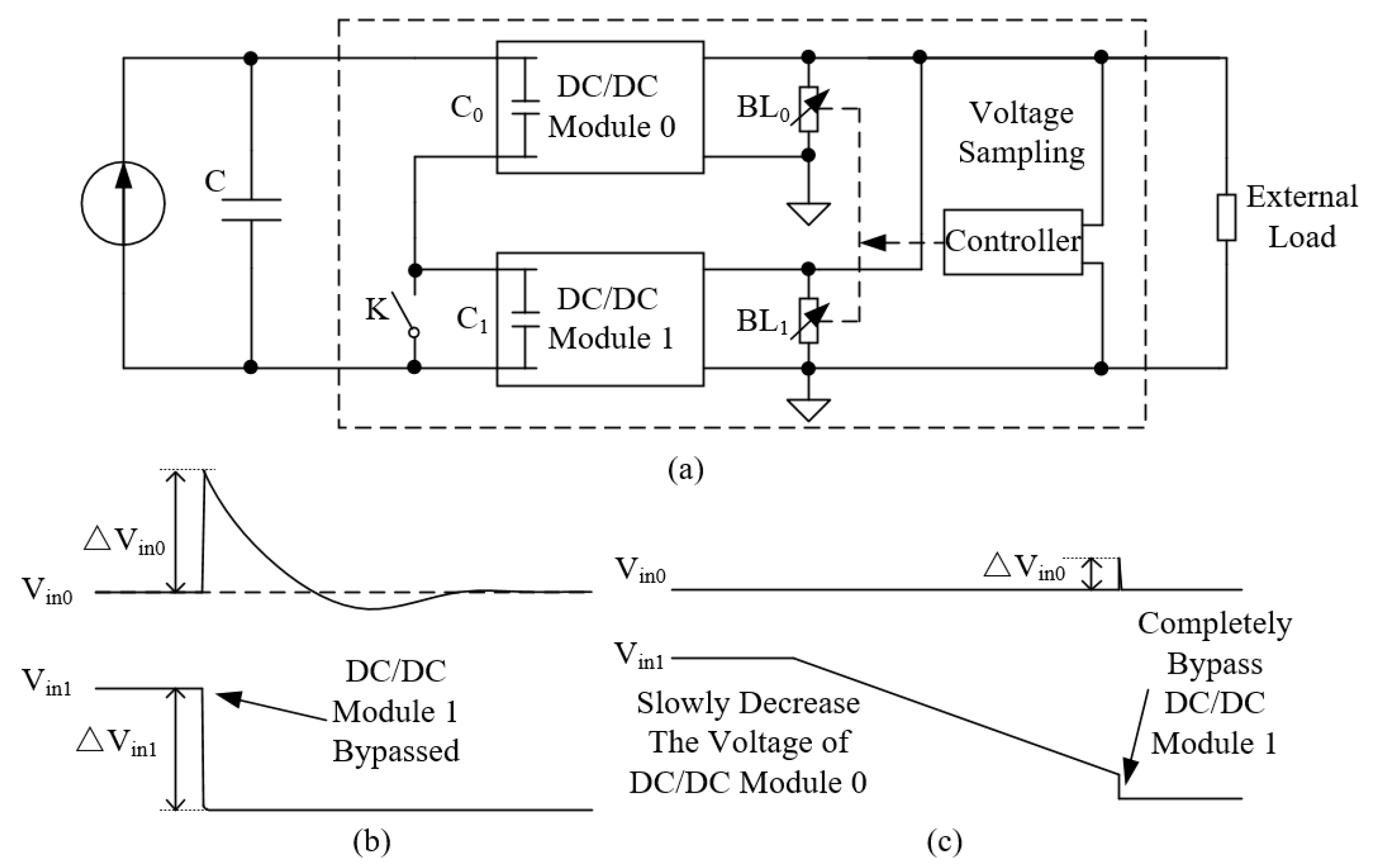

Check module type and model number by inspection and on the I/O wiring diagram.


Verify that all modules are in the correct slots.Remove and lock out input power from the controller and I/O before any PLC installation and wiring begins.The following are ten recommended procedures for I/O wiring: Once the I/O modules are in place and their wires have been bundled, the wiring to the modules can begin. Color coding of similar signal characteristics (e.g., AC: red, DC: blue, common: white, etc.) can be used in addition to wire labeling. Wires should be labeled with shrink-tubing or tape, while tape or stick-on labels should identify each terminal block. The user should check that the wire is the correct gauge and that it is the proper size to handle the maximum possible current.Įach field wire and its termination point should be labeled using a reliable labeling method. The user should remove power to the modules (or rack) before installing and wiring any module.Įach I/O terminal can accept one or more conductors of a particular wire size. Each terminal in the module is then wired to the field devices that have been assigned to that termination address. Placement and installation of the I/O modules is simply a matter of inserting the correct modules in their proper locations! This procedure involves verifying the type of module (115 VAC output, 115 VDC input, etc.) and the slot address as defined by the I/O address assignment document. The following considerations will facilitate an orderly installation of a PLC: A complete set of documents with precise information regarding I/O placement and connections will ensure that the system is organized properly.įurthermore, these documents should be constantly updated during every stage of the installation.


 0 kommentar(er)
0 kommentar(er)
